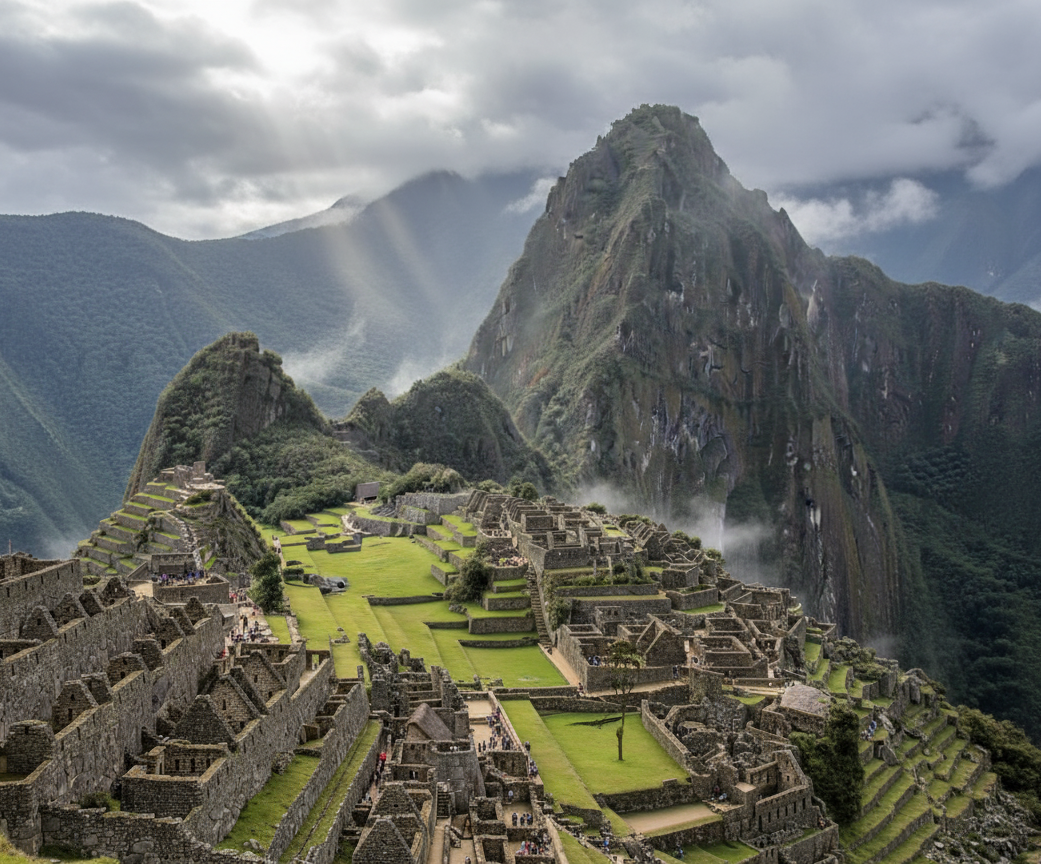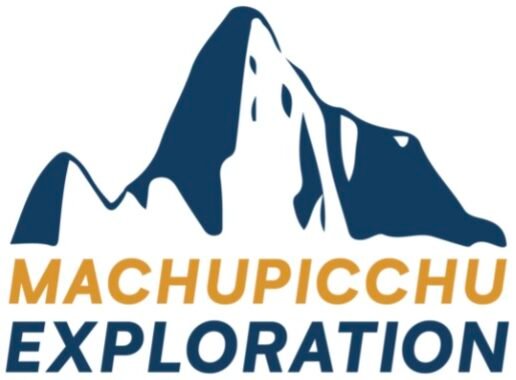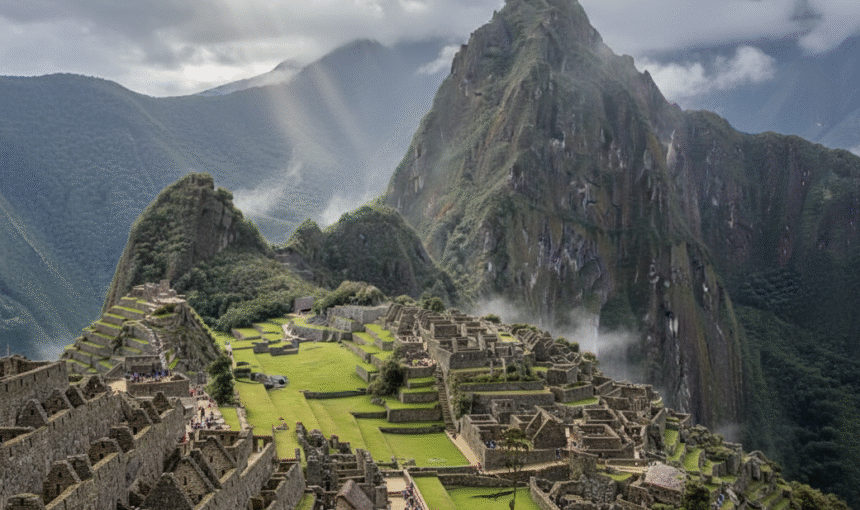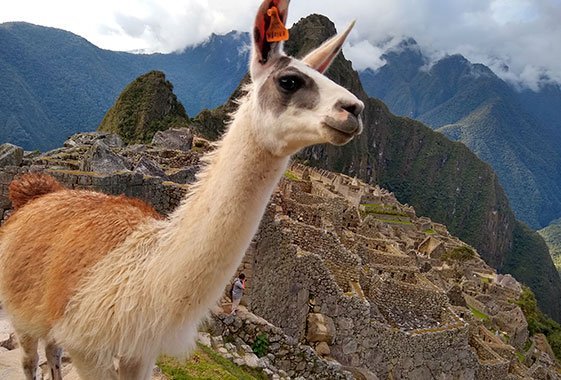
Introduction to the Inca Trail and Its Alternatives
The Inca Trail stands as one of the most famous trekking routes in the world, attracting thousands of adventurers annually, eager to uncover the majesty of Machu Picchu. This iconic path, steeped in history, once served as a principal route connecting various parts of the Inca Empire. Its breathtaking landscapes, including lush cloud forests, rugged mountains, and ancient archaeological sites, capture the imagination of hikers who traverse its challenging terrain. The cultural significance of the Inca Trail is profound, as it allows trekkers to engage with the rich heritage of the Incas while experiencing the awe-inspiring architecture of the renowned citadel, Machu Picchu.
However, the increasing popularity of the Inca Trail has led to concerns regarding overcrowding and its environmental impact. The limited permit allocations, aimed at managing the number of visitors, have inadvertently caused some eager travelers to seek alternative hikes to Machu Picchu. These alternative routes not only alleviate the pressure on the Inca Trail but also offer unique experiences that emphasize authenticity, away from the bustling crowds. Travelers are increasingly drawn to such less traveled paths, which provide an immersive connection to the local culture and stunning, unspoiled landscapes.
The search for alternatives often stems from a desire for a more intimate exploration of the Andean region, allowing hikers to experience lesser-known trails that still lead to remarkable sites and scenic views. Whether it is the Salkantay Trek, the Lares Trek, or the Inca Jungle Trail, these hikes promise not only the beauty of nature but also encounters with local communities, adding a rich layer to the journey. This blog post will delve into the various alternative hikes available, helping travelers make informed choices about their exploration of this historic and breathtaking region.
Top Alternative Hiking Routes
Embarking on a trek to Machu Picchu often begins with a desire for adventure, stunning landscapes, and an authentic experience of Incan culture. While the Inca Trail remains the most renowned path to this ancient citadel, several alternative hiking routes offer remarkable experiences that are equally captivating. This section will explore three prominent alternatives: the Salkantay Trek, Lares Trek, and Inca Jungle Trail.
The Salkantay Trek is famed for its breathtaking views of the towering Salkantay Mountain, which stands at 6,271 meters. This trek typically spans five days and showcases a variety of landscapes, including snow-capped peaks, lush valleys, and vibrant cloud forests. Hikers can expect to encounter diverse ecosystems along the way, as well as indigenous communities that maintain traditional lifestyles, enriching the cultural experience. The trek’s level of difficulty is moderate to challenging, making it suitable for those ready for a more strenuous adventure.
In contrast, the Lares Trek offers a more culturally immersive experience. This four-day hike takes travelers through picturesque Andean villages, where they can interact with local communities and learn about traditional farming practices and handicrafts. The landscapes feature serene lakes, rolling hills, and captivating mountain vistas. The Lares Trek is regarded as a moderate trek, ideal for families and those seeking a less intensive hiking experience while still soaking in the magnificent views.
Finally, the Inca Jungle Trail combines adventure sports with traditional trekking, allowing participants to engage in activities such as mountain biking and zip-lining in addition to hiking. This route leads back to Machu Picchu through lush jungle terrain, boasting waterfalls, terraced agriculture, and unique wildlife along the way. The Inca Jungle Trail varies in difficulty, appealing to those who have a spirit of adventure and a desire for a versatile exploration of the Incan landscape.
These alternative routes not only provide scenic beauty and physical challenge but also a distinct glimpse into the rich tapestry of culture that surrounds the iconic Machu Picchu. By selecting one of these treks, adventurers can enjoy an unforgettable journey that emphasizes exploration, nature, and historical appreciation.
Adventure and Landscape Highlights
The allure of alternative hikes to Machu Picchu lies not only in the historical significance of the destination but also in the thrilling adventures that accompany the journey. Beyond the iconic Inca Trail, the region surrounding Cusco offers a myriad of outdoor activities that elevate the trekking experience. Mountain biking along scenic routes, for example, allows adventurers to experience the breathtaking Andean landscape at exhilarating speeds. The winding trails boast dramatic drops and spectacular views, immersing cyclists in the natural beauty of the area, making for an unforgettable experience.
Another exciting option is zip-lining through the lush canopies of the Sacred Valley. This adrenaline-pumping activity offers a bird’s-eye view of the verdant landscapes below, showcasing the vibrant flora and the meandering rivers that define this picturesque region. As the ziplines soar above the treetops, participants can soak in the awe-inspiring sights of snow-capped mountains juxtaposed against the backdrop of lush valleys, enhancing the sense of exploration and adventure.
For those who seek a different kind of exploration, coffee plantation tours provide a unique opportunity to engage with local culture while indulging in the rich flavors of locally grown coffee. These tours lead visitors through the planting, harvesting, and brewing processes, highlighting the sustainable practices adopted by local farmers. Not only do these experiences deepen one’s appreciation for the region’s agricultural heritage, but they also serve as a crucial reminder of the rich biodiversity that exists alongside the hiking trails.
Different trekking routes exhibit diverse landscapes, each offering its own assortment of photography opportunities. From the towering peaks of the Andes to the lush green valleys filled with vibrant flora, these alternative hikes unveil the multifaceted beauty of the region. Engaging with these varied landscapes ultimately enriches the overall adventure, allowing explorers to create lasting memories while enjoying an authentic experience away from the crowd.
Choosing the Right Alternative: Factors to Consider
When planning an alternative hike to the Inca Trail, prospective trekkers must weigh several critical factors to ensure an enriching experience while exploring the stunning landscapes surrounding Machu Picchu and Cusco. First and foremost, the personal fitness level of each individual plays a significant role in selecting an appropriate trek. Some alternative routes may present challenging terrains, steep ascents, or longer distances, hence, assessing one’s physical preparedness is crucial. Those not accustomed to high-altitude hiking may prefer a less strenuous option, focusing instead on enjoying the breathtaking views at a more comfortable pace.
Time availability is another important consideration. While the classic Inca Trail lasts four days, alternative hikes vary in duration. Trekkers should evaluate how much time they can dedicate to exploration; some options allow for brief, one or two-day excursions, while others may offer extended experiences covering diverse landscapes and cultural sites. Understanding the time frame will also assist in planning additional activities in Cusco, such as visiting local markets, archaeological sites, or indulging in unique culinary experiences.
Budgetary constraints are equally vital when selecting an alternative hike. Costs can range significantly depending on the chosen route and the level of comfort sought. Backpacking may require lesser financial commitment compared to guided tours that provide a more luxurious experience. Thus, defining a realistic budget should align with the anticipated quality of the experience, encompassing accommodation, meals, and additional fees associated with permits.
Lastly, determining the type of experience desired is paramount. Some may prioritize cultural immersion, seeking interactions with local communities, while others may have a preference for solitude, wishing to encounter untouched natural beauty. Exploring the factors above ensures an informed decision, maximizing enjoyment during an adventure to the remarkable ruins of Machu Picchu.
¡Contáctanos para planificar tu próxima gran caminata en los Andes!



